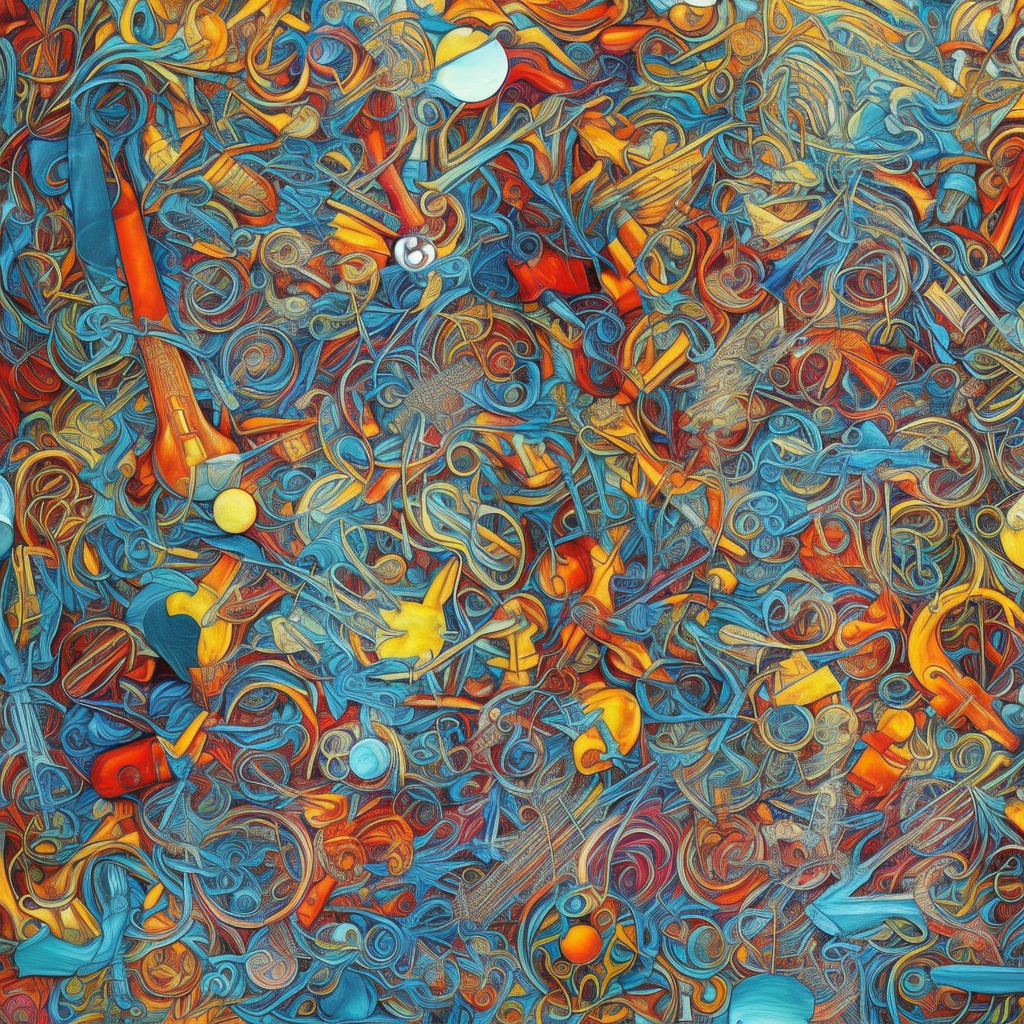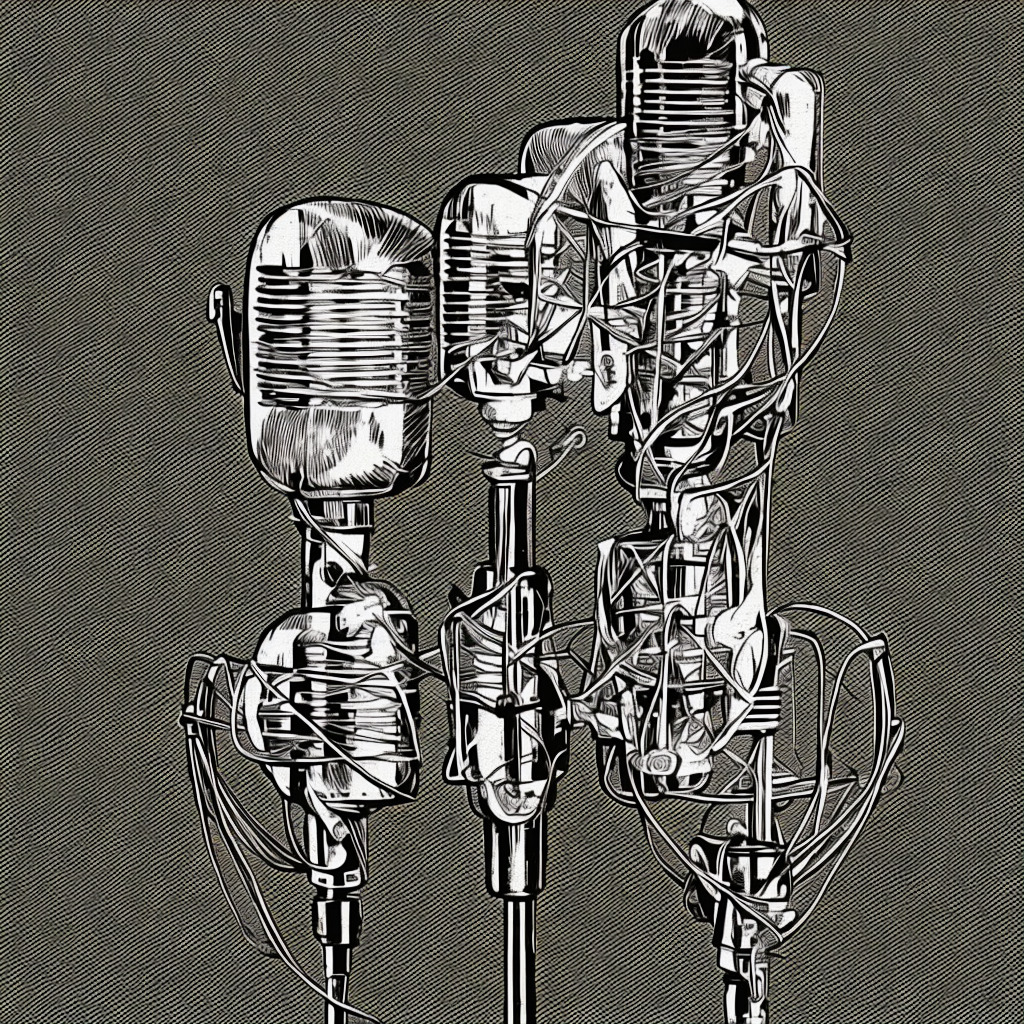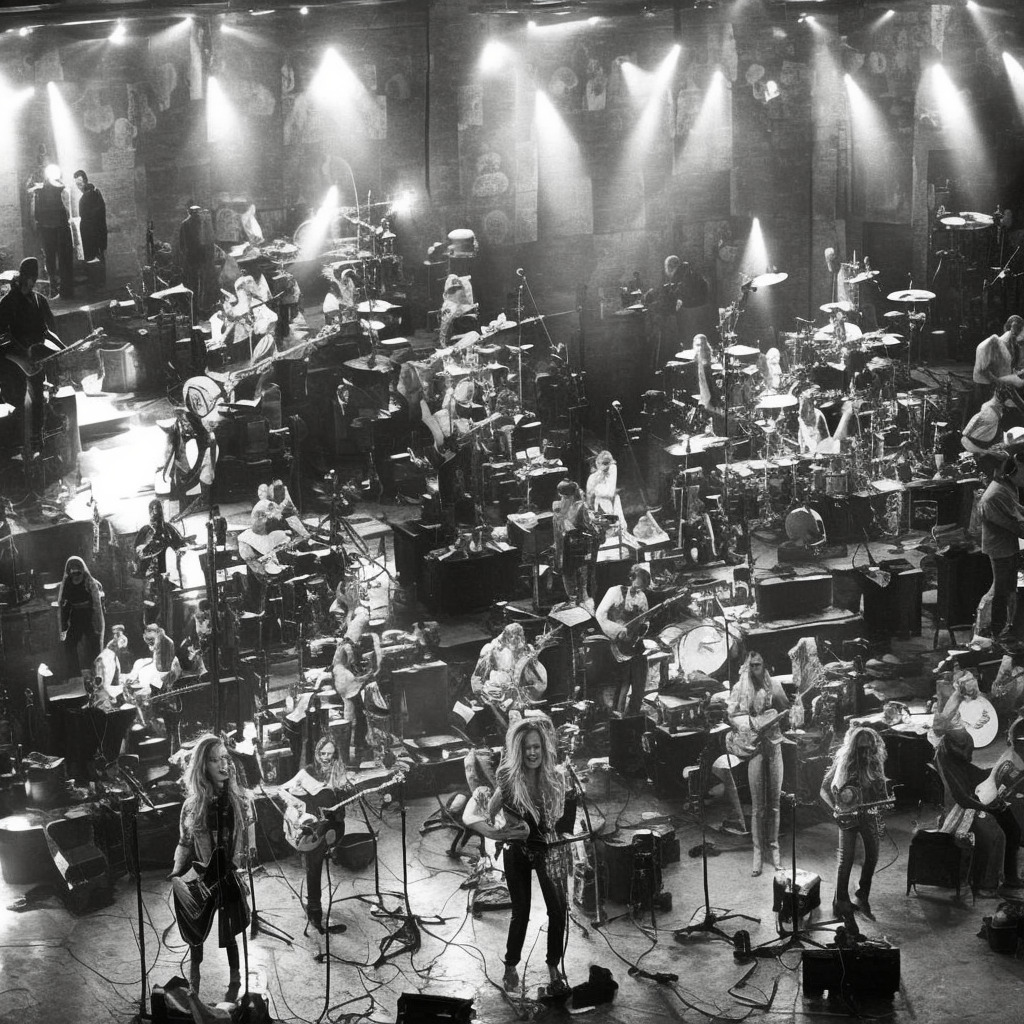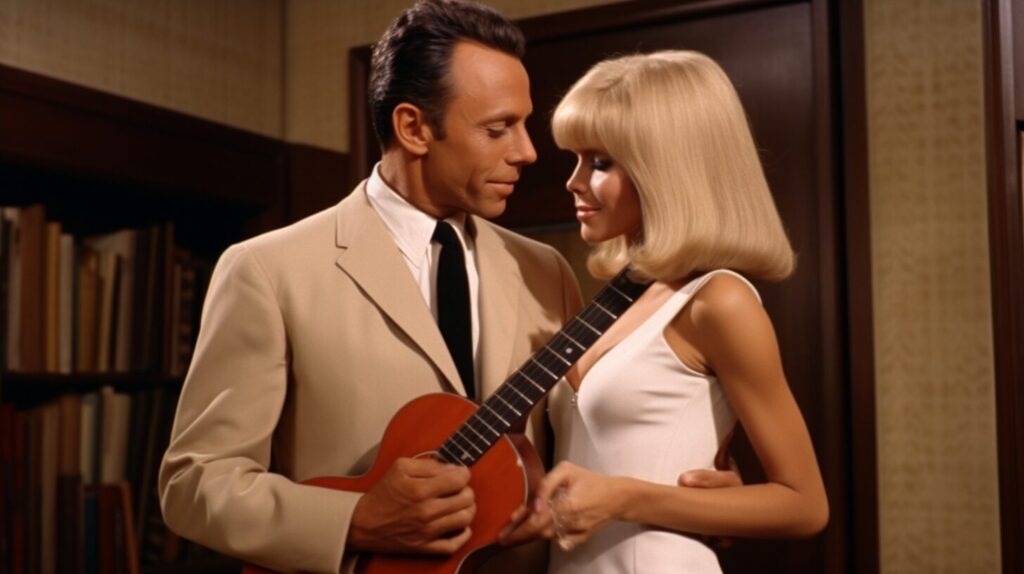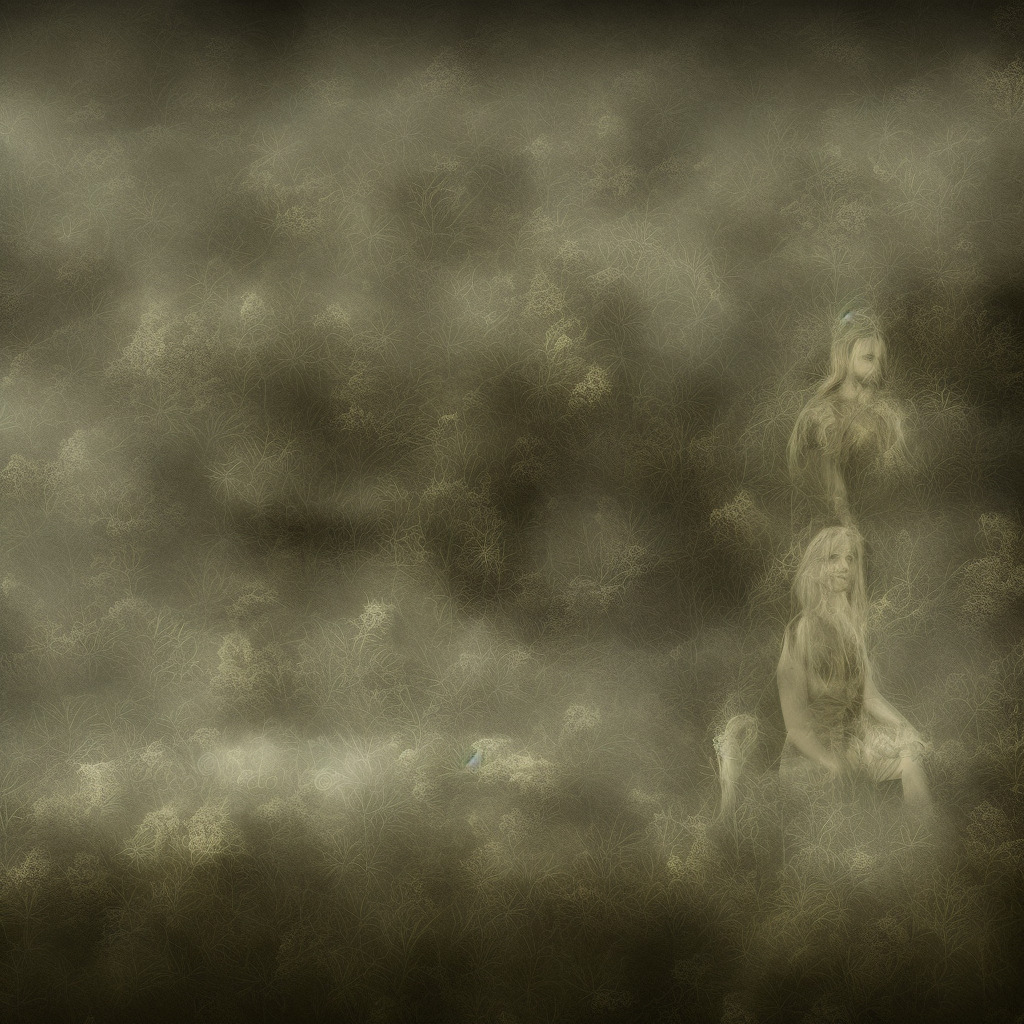Dive into the epic 24-min masterpiece 🎶 “Octavarium” by Dream Theater! 🤘Did you know it’s inspired by Pink Floyd’s “Shine On”? 🤯 Time to rock out 🎸✨ #DreamTheater #ProgRock #MusicTrivia Read about it: tinyurl.com/4vy6yufv
Unraveling the Intricacies of Dream Theater’s Magnum Opus
“Embark on a 24-minute sonic odyssey with Dream Theater’s ‘Octavarium,’ a magnum opus that defies boundaries and expertly merges technical mastery with emotional depth in progressive metal.”
Dream Theater, a progressive metal band formed in 1985, has long been heralded as one of the most influential and technically proficient bands in the genre. With a lineup boasting the likes of Mike Portnoy on drums, John Petrucci on guitar, John Myung on bass, Jordan Rudess on keyboards, and James LaBrie on vocals, their musicianship is virtually unparalleled. While Portnoy has since left the band in 2010, his contributions to Dream Theater’s legacy cannot be understated.
These virtuosos have been nominated for multiple awards, including three Grammy nominations, and have had several certified Gold and Platinum albums in multiple countries. Their accolades are a testament to their impact on the progressive metal scene and their relentless pursuit of musical excellence.
One of their most defining and ambitious works is the 24-minute epic “Octavarium” from their 2005 album of the same name. The song serves as the album’s climax and showcases each member’s technical prowess and compositional skills. A concept piece inspired by various musical and philosophical themes, “Octavarium” is a journey through the various musical styles and ideas that have defined Dream Theater throughout their career.
While the band’s exceptional musicianship can’t be denied, Dream Theater has faced criticism over the years for their overly complex song structures and their tendency to prioritize technique over emotion. Critics argue that their music can feel cold and mechanical, with some songs feeling more like showcases for the band’s technical expertise than genuine expressions of emotion.
Despite these criticisms, there’s no denying the sheer ambition and creative vision that went into crafting “Octavarium.” The song is a testament to Dream Theater’s ability to push the boundaries of progressive metal, and it remains a fan favorite for its intricate construction and emotive peaks.
As Dream Theater continues to evolve and experiment with their sound, “Octavarium” remains a powerful reminder of their unique talents and their ability to merge complex musical ideas with raw emotion. Whether a die-hard fan or a newcomer to the progressive metal scene, there’s no denying that “Octavarium” is a milestone in the genre, and a must-listen for anyone seeking to explore the depths of Dream Theater’s discography.
Charting the Course of a Prog Rock Masterpiece
“Octavarium”: A Prog Rock Odyssey – Dream Theater’s 24-minute magnum opus defies chart norms, captivating fans worldwide with its instrumental virtuosity and enduring appeal.
Delving into the chart performance of Dream Theater’s “Octavarium,” it’s fascinating to see how a progressive rock epic with a 24-minute runtime managed to make an impact in the music world. Released on June 7, 2005, as the title track from their eighth studio album, this magnum opus had a lot to live up to given the band’s reputation for delivering captivating and complex compositions.
Despite “Octavarium” being a lengthy piece, the song’s unique arrangement and instrumental virtuosity garnered attention from music enthusiasts across the globe. It’s important to note that while the song didn’t make a significant impact on major global charts, the album itself reached impressive milestones.
The Octavarium album debuted at #36 on the US Billboard 200 chart, powered by the anticipation of its release among the dedicated Dream Theater fanbase. The album also reached #2 on the Billboard Top Internet Albums chart, further highlighting the broad appeal of their music in the digital realm.
In the United Kingdom, the album peaked at #66 on the Official Albums Chart, reflecting the band’s popularity among British prog rock enthusiasts. It’s also worth mentioning that Octavarium was a success in various other countries, such as Sweden, where it reached #8 on the Swedish Albums Chart, and Finland, where it debuted at #5 on the Finnish Albums Chart.
As for the song “Octavarium” itself, it may not have charted as a single given its length and unconventional structure, but it has become a fan favorite and a live staple in Dream Theater’s extensive catalog. The song has since gained a cult-like following, and it is often regarded as one of the band’s most ambitious works to date.
In summary, while “Octavarium” may not have dominated the charts as a single, the album as a whole demonstrated Dream Theater’s consistent ability to captivate audiences and achieve commercial success through their unique blend of progressive rock and technical prowess. The song’s enduring appeal speaks to the lasting impact of this audacious and epic composition.
Unraveling the Lyrical Layers of Octavarium
As we delve into the heart of Dream Theater’s masterpiece, “Octavarium,” we find ourselves captivated by the complex and intricate lyrics. The song’s multi-layered meaning and thought-provoking themes are reflective of the intellectual depth of the band, and the time and era in which the song was written.
“Step after step
We try controlling our fate
When we finally start living it has become too late
Trapped inside this Octavarium”
In this section of the lyrics, Dream Theater speaks of the human desire to control our destiny, only to realize that sometimes, we are trapped in a cycle, or “Octavarium,” that seems to govern our lives. The notion of an “Octavarium” symbolizes an infinite loop, where one constantly finds themselves back at the beginning. This lyrical theme is reminiscent of the early 2000s, a period marked by rapid technological advancements and numerous global events that challenged society to evaluate the choices we made, and the paths we took.
“Sailing on the seven
Seize the day, avenge the wake
At the end of my wits are too late to return”
Here, Dream Theater references the seven seas, a phrase often used to describe the entirety of the world’s oceans. The lyrics encourage seizing the day and avenging the wake left behind by our past actions. This is a powerful message for the era, when society was grappling with the aftermath of 9/11, wars, and other global issues. The line “At the end of my wits are too late to return” serves as a reminder that time is a fleeting, irreversible force and that it is essential to make the most out of the present moment.
“Our deadly sins feel his mortal wrath
Remove all obstacles from our path”
This part of the lyrics touches upon the concept of the seven deadly sins, and the consequences that befall us as a result of our actions. The band urges us to recognize these sins and remove the obstacles they present in our lives. The early 2000s was a time of both self-reflection and accountability for many, and the lyrics of “Octavarium” resonate with the spirit of that time, encouraging individuals and society as a whole to face the challenges and consequences that stem from our collective actions.
In conclusion, the lyrics of “Octavarium” by Dream Theater are not only beautifully crafted but also paint an insightful picture of the time and era in which the song was written. The band seamlessly intertwines themes of introspection, accountability, and the human desire for control, capturing the essence of the early 2000s, and leaving listeners with a thought-provoking and timeless piece of art.
The Audio-Visual Journey of “Octavarium”
Embark on a fan-driven audio-visual odyssey through Dream Theater’s epic “Octavarium,” where creative interpretations know no bounds.
Although Dream Theater’s 24-minute epic “Octavarium” does not have an official music video, the band’s dedicated fan base has more than made up for this with a plethora of fan-made creations that explore the visual possibilities of the song. From YouTube tributes to full-blown fan videos, the artistic interpretations are as diverse and complex as the song itself.
One notable fan video, uploaded by YouTuber “anesthetize010” in 2011, has garnered over 2 million views and counting. The 24-minute video takes viewers on an intricate and symbolic journey through a series of animated visuals that aim to capture the essence of “Octavarium.” The video is divided into five separate parts, each corresponding with the song’s movements, with distinct visual styles and themes for each. Its precise editing and intricate narrative make it a standout interpretation among the many available online.
Another popular fan-made video, created by YouTuber “Valkyrie” in 2013, incorporates live footage from various Dream Theater concerts, along with an impressive light show that enhances the song’s dramatic highs and lows. This video emphasizes the impressive musicianship of Dream Theater as well as the band’s ability to create an immersive and engaging live experience for their fans, effectively connecting the studio version of “Octavarium” with the band’s live performances.
For those seeking to pair the song with a different artistic medium, visual artist Mario S. Nevado created a stunning digital artwork series inspired by “Octavarium.” The series, titled “Echoes of Octavarium,” is available for viewing on Nevado’s website and features a collection of mesmerizing and surreal images that invite viewers to explore their own interpretations of the song’s meaning.
Although an official music video for “Octavarium” may not exist, it is clear that the song’s profound impact on its listeners has led to a rich and varied array of visual interpretations. Fans worldwide have used their creativity to bring the song to life in their own unique ways, ensuring that the visual legacy of “Octavarium” will continue to evolve and inspire.
The Mastermind Behind Octavarium
The composer of “Octavarium,” the epic 24-minute progressive rock masterpiece, is none other than the multi-talented John Petrucci. As the guitarist and one of the founding members of Dream Theater, Petrucci has contributed to the band’s extensive discography for over three decades. Known for his intricate, melodic solos and exceptional songwriting skills, Petrucci has also composed other notable songs like “Metropolis Pt. 1: The Miracle and the Sleeper,” “Dance of Eternity,” and “A Change of Seasons.” Beyond Dream Theater, he has also released solo work such as “Terminal Velocity” and collaborated with other legendary musicians like Joe Satriani and Steve Morse on the G3 tour. With his unwavering dedication and creative prowess, John Petrucci continues to push the boundaries of progressive rock and inspire countless musicians worldwide.
Accolades, Media Appearances, and Noteworthy Covers
“Octavarium: Dream Theater’s 23-minute marvel cherished by fans, covered by artists & immortalized in video games, remains an enduring testament to the band’s musical mastery.”
“Octavarium,” undoubtedly one of Dream Theater’s most iconic songs, has enjoyed a considerable amount of recognition over the years. Although it may not have directly garnered any major awards, it has undoubtedly contributed to the overall appreciation of the band’s musicianship and artistic vision.
In terms of media appearances, “Octavarium” has not been featured in any movies or TV shows, likely due to its lengthy duration (clocking in at over 23 minutes) and intricate arrangement. However, it wouldn’t be surprising for the song to be used as background music in various YouTube videos or Twitch streams, given its complex and captivating nature.
Several video games have paid homage to the song, such as the critically acclaimed “Amplitude,” which featured the band. A fan-created mod for the popular rhythm game “Guitar Hero” also included the entire track, allowing players to fully experience the intricate composition’s skillful guitar work.
Throughout its lifetime, “Octavarium” has inspired numerous musicians to produce cover versions of the song. Among them is the highly skilled guitarist and composer Eren Başbuğ, who created an outstanding 8-bit rendition that gave the song a retro feel reminiscent of classic video games. Additionally, multiple full-band covers have been uploaded to platforms like YouTube, showcasing amateur musicians’ immense dedication to honoring Dream Theater’s masterpiece by meticulously recreating the entire track.
Even though the song itself may not have collected a shelf full of awards, it’s clear that “Octavarium” has left its mark on the music world, influencing scores of musicians and earning a special place in the hearts of dedicated Dream Theater fans. The song’s legacy continues to thrive as it remains a testament to the band’s unparalleled musical craftsmanship and creativity.
Diving into the Intricate Musicality
The 24-minute progressive epic that is “Octavarium” presents a myriad of complex musical elements, showcasing Dream Theater’s virtuosity and their ability to weave together diverse musical ideas. The song is written in the key of F minor, which lends it a dark, brooding quality that permeates the entire piece. The time signature changes frequently throughout, ranging from 4/4 to 5/4, 6/4, and even 7/8, contributing to the song’s ever-shifting dynamics and keeping listeners on their toes.
One of the most fascinating aspects of “Octavarium” is its intricate chord structure. The song utilizes a wide range of chords, from standard major and minor chords to more complex augmented, diminished, and extended chords. This rich harmonic palette allows the band to create a variety of moods and textures, from the hauntingly beautiful intro to the soaring, climactic finale. The chord progression also features some chromaticism, which adds to the sense of tension and release as the song unfolds.
The tempo of “Octavarium” is equally complex, with multiple changes throughout the piece. The introduction is played at a slow, deliberate tempo of 60 BPM, establishing a somber mood that gradually builds in intensity as the song progresses. The tempo increases to a more moderate 80 BPM during the first vocal section, then accelerates to a brisk 110 BPM during the instrumental breaks. These tempo shifts not only serve to heighten the song’s emotional impact, but also showcase Dream Theater’s remarkable ability to execute technically demanding passages with precision and finesse.
Another noteworthy aspect of “Octavarium” is its use of thematic development, with several melodic motifs recurring throughout the song. These motifs are introduced, transformed, and revisited in various sections, tying the different musical ideas together and giving the piece a cohesive, unified structure. This compositional technique is reminiscent of classical music, particularly the works of composers such as Beethoven and Brahms, and demonstrates Dream Theater’s diverse range of influences.
In terms of instrumentation, “Octavarium” features a rich tapestry of sounds, from the haunting Mellotron strings in the intro to the powerful, driving guitar riffs that punctuate the heavier sections. The band utilizes a wide range of keyboard sounds, such as piano, organ, and various synthesizers, which add depth and variety to the song’s sonic landscape. The rhythm section, consisting of bass and drums, provides a solid foundation for the intricate melodies and harmonies, while also showcasing their own virtuosic skills through intricate basslines and polyrhythmic drum patterns.
Overall, “Octavarium” stands as a testament to Dream Theater’s exceptional musicianship and their ability to craft intricate, emotionally resonant pieces of music. The song’s complex musical structure, featuring ever-changing time signatures, a wide range of chords and tempos, thematic development, and diverse instrumentation, makes it a true progressive masterpiece that continues to captivate listeners to this day.

